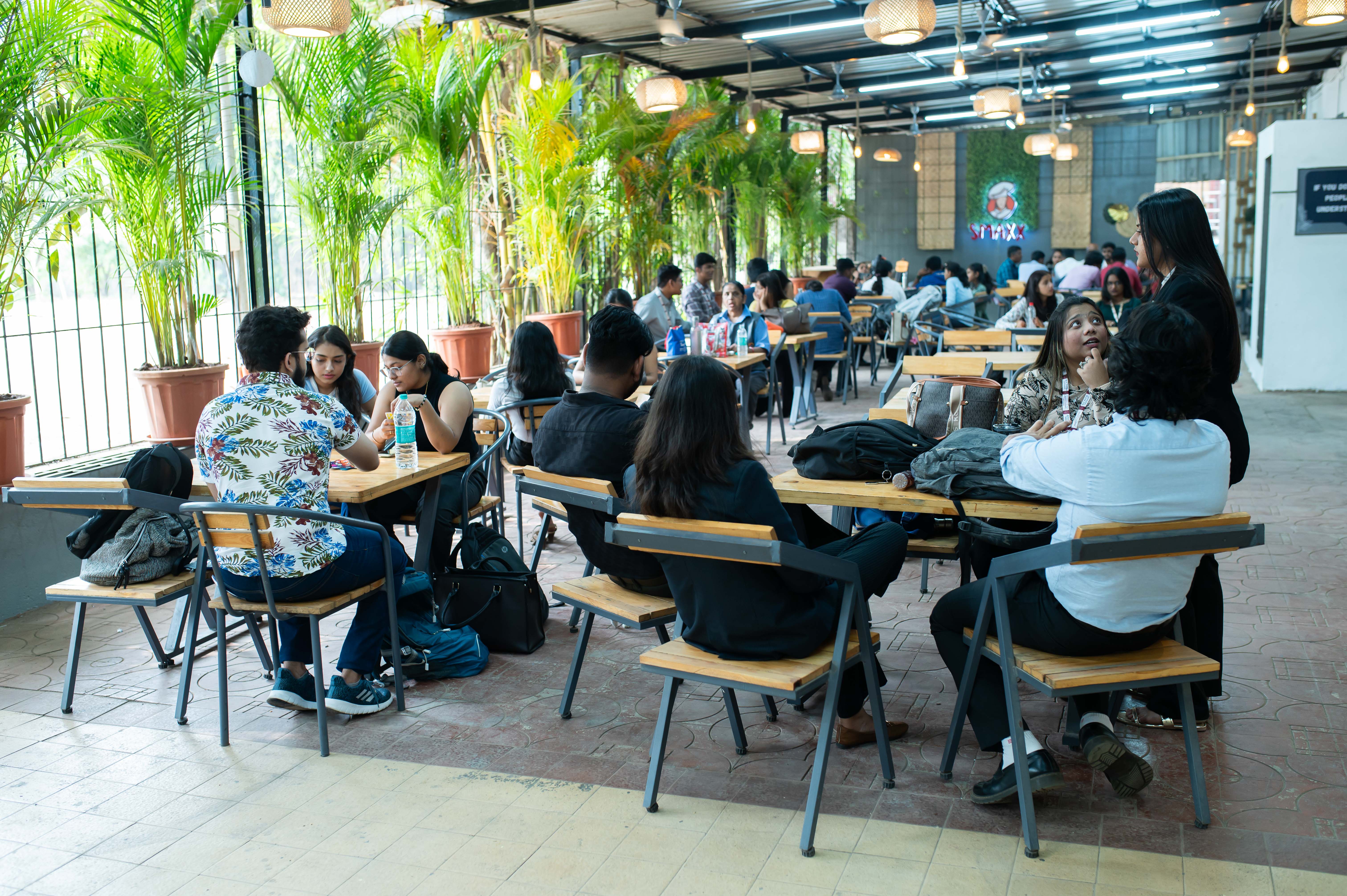Classrooms
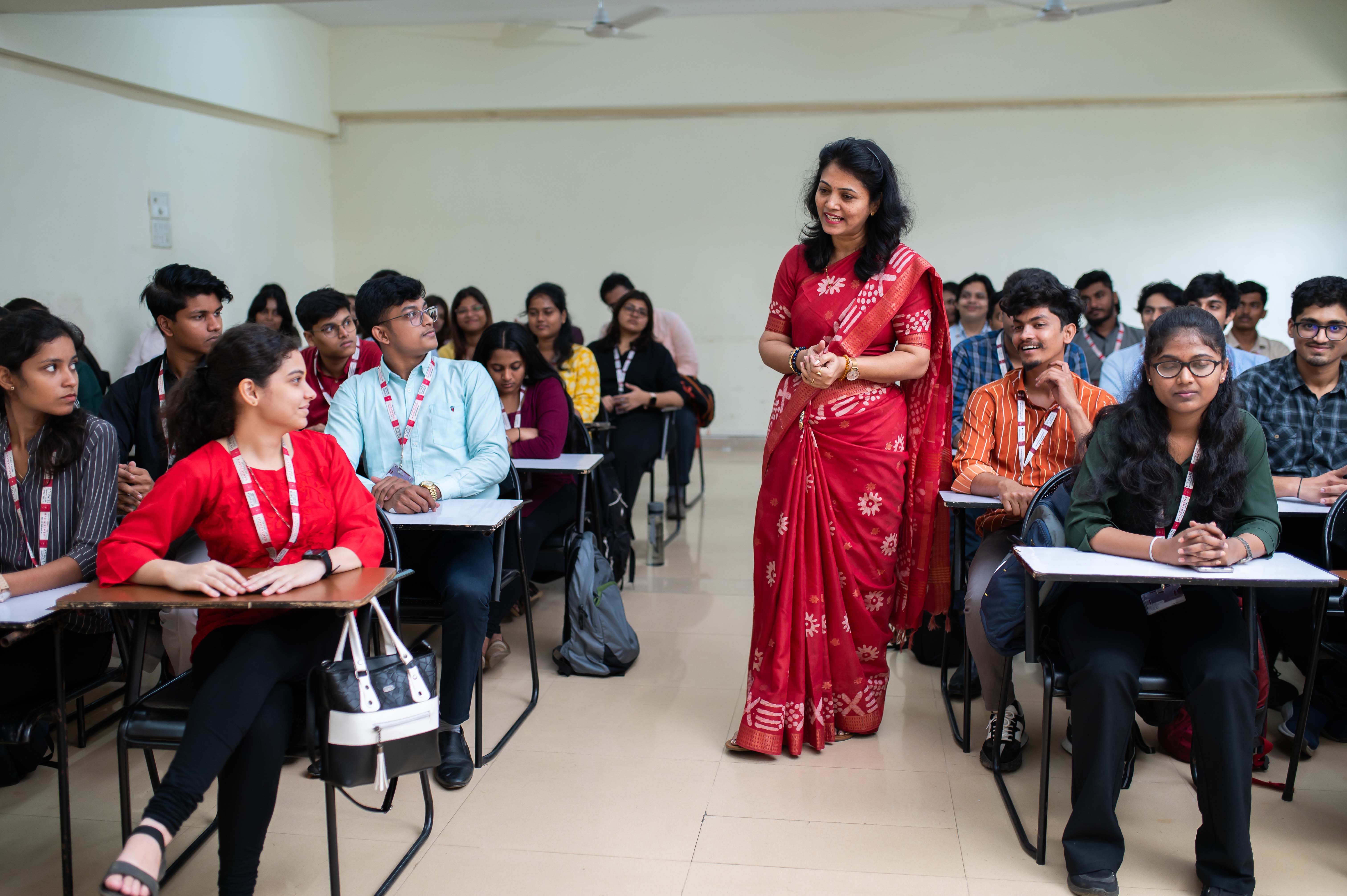
The School of Humanities and Sciences have classrooms equipped with modern amenities which become a cornerstone of contemporary education, fostering an environment that is both interactive and conducive to learning. These advanced classrooms are designed to address the evolving needs of students and educators, integrating technology and infrastructure to create a dynamic learning space.
At the School of Humanities and Sciences one of the defining features of classrooms is the incorporation of smart technology. Interactive whiteboards, projectors, and digital displays which have replaced traditional chalkboards, allowing teachers to present lessons in visually engaging ways. These tools enable the use of multimedia content, such as videos, animations, and interactive simulations, which cater to diverse learning styles and help students grasp complex concepts more effectively.
High-speed internet connectivity is another essential feature, enabling seamless access to online resources, educational platforms, and collaborative tools. Students can engage in real-time research, participate in virtual classes, or collaborate on projects with peers from different locations. This connectivity also supports the integration of Learning Management Systems (LMS), where assignments, grades, and additional learning materials are easily accessible.
Comfortable seating, adequate lighting, and climate control systems contribute to a more focused and productive learning environment. Furthermore, acoustics and sound systems are optimized to ensure clear communication, especially in larger lecture halls.
Library
The library is one of the most vital resources on campus, providing students with access to an extensive collection of books, academic journals, e-books, and multimedia resources. It serves as a hub for research, learning, and intellectual growth. Designed to cater to the diverse academic needs of students and faculty, the library is stocked with materials that span a wide range of subjects, including science, technology, humanities, and business. Whether students are conducting research for assignments, preparing for exams, or engaging in self-directed study, the library provides a conducive environment for focused work.
The library offers more than just books. It has computer terminals with internet access, allowing students to utilize online databases, digital publications, and educational tools. There are also specialized areas for group discussions and collaborative work, as well as quiet zones for individual study. The knowledgeable library staff assists in resource management, ensuring that students find the materials they need.
The library houses a total of 10,620 book volumes and 6,234 unique book titles. Additionally, it includes 1,020 volumes and 259 distinct titles in another section. The library subscribes to 27 journals and provides access to 1 online database, offering a wide range of academic resources for students and faculty.
In addition to its collection, the library organizes workshops and training sessions on research skills, academic writing, and citation techniques. These initiatives help students become more proficient in accessing and utilizing academic resources. Overall, the library is a cornerstone of the academic experience, fostering a culture of learning and intellectual curiosity. It provides an atmosphere that encourages critical thinking, creativity, and academic excellence, making it an essential component of campus life.
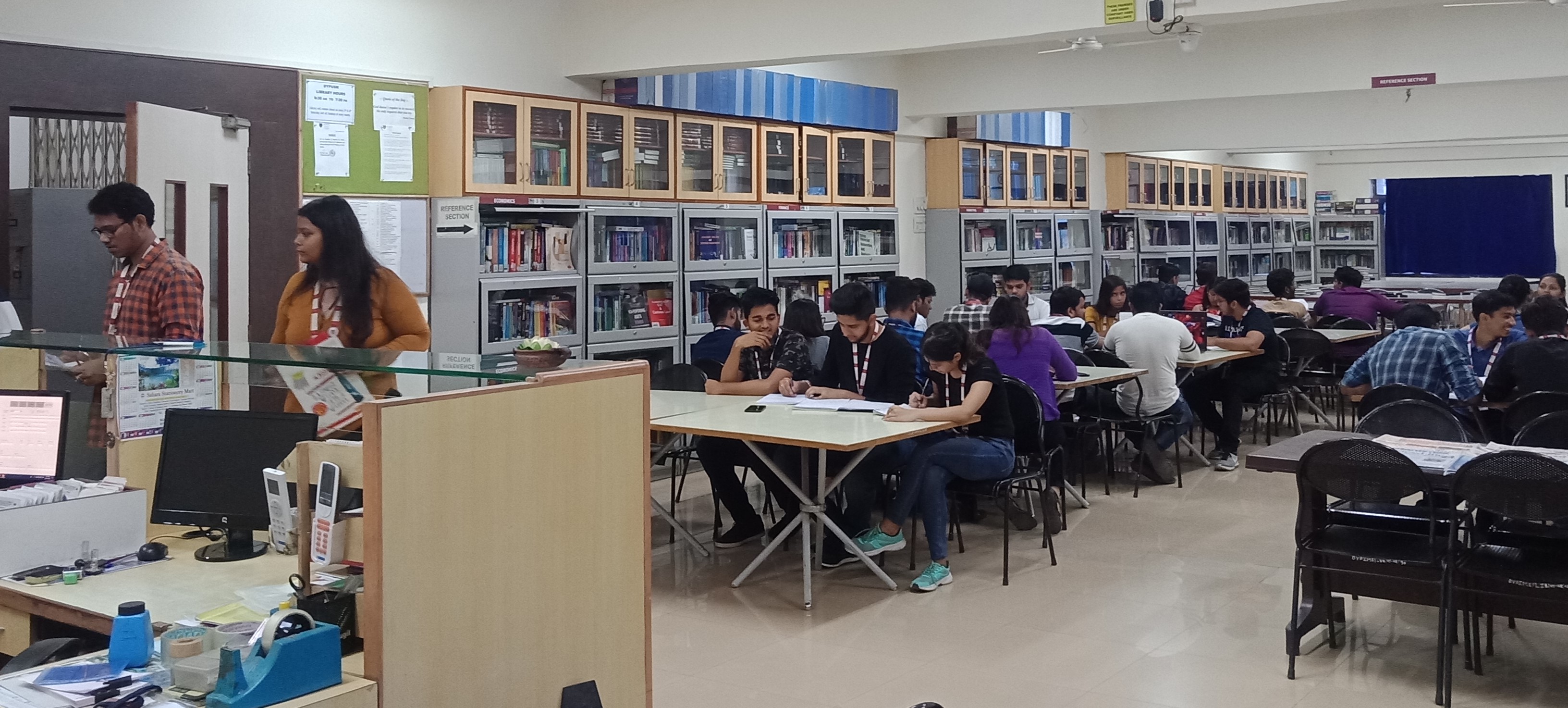
IT Lab
The IT Lab is a cutting-edge facility designed to support the technological and academic needs of students, particularly those in fields that require intensive computing, such as computer science, engineering, and data science. Equipped with high-performance computers, the lab offers the latest hardware and software tools, providing students with the resources needed to excel in their studies and develop technical skills.
Students use the IT Lab for a variety of purposes, including programming, software development, digital design, and research. The lab is equipped with specialized software, such as integrated development environments (IDEs), graphic design tools, and scientific computing applications. High-speed internet connectivity ensures that students have access to online resources, allowing them to stay updated with the latest industry trends and access digital textbooks, online courses, and research papers.
The IT Lab is a collaborative space that fosters interaction among students. It is common to see groups of students working together on projects, brainstorming ideas, and solving technical challenges. The lab also supports learning beyond the classroom by offering access to advanced tools and simulations not always available in other areas of the campus.
In addition, the lab is open to students for independent work, allowing them to practice coding, troubleshoot technical issues, or work on their assignments. It also supports extracurricular activities such as hackathons, coding competitions, and tech workshops. The IT Lab thus plays a critical role in shaping the academic and professional success of students in technology-oriented fields.
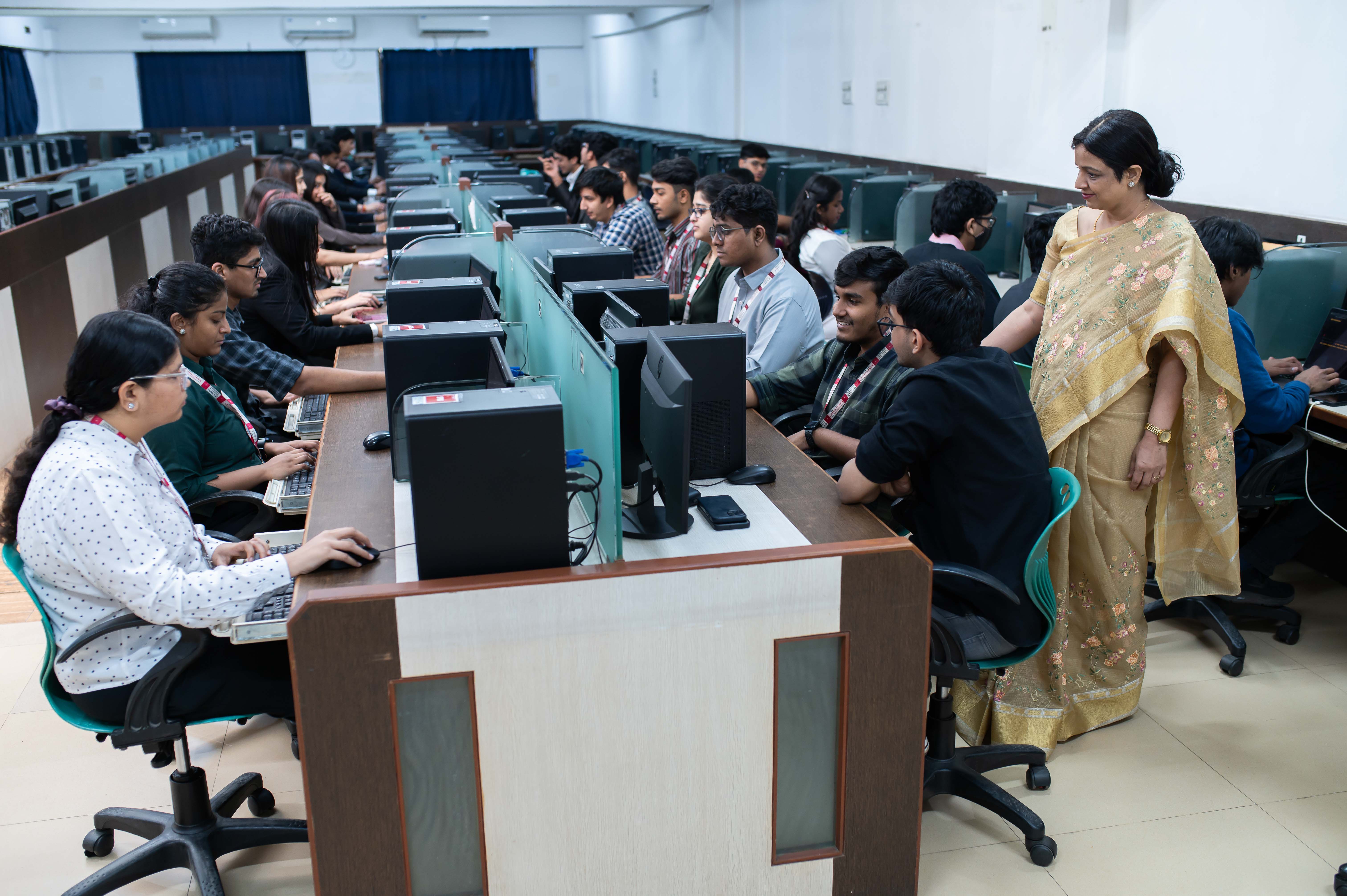
Placement Committee Room
The Placement Committee Room is a dedicated space on campus designed to support recruitment and career development. Serving as the central hub for the placement process, it allows students to interact with the Placement Committee, receive career guidance, and prepare for interviews with potential employers. The room is equipped with essential resources such as computers, presentation tools, and spaces for meetings and interviews.
This room plays a vital role in preparing students for professional success. The Placement Committee organizes workshops, mock interviews, resume-building sessions, and personality development programs to help students build the skills and confidence necessary for the job market. It also acts as a venue for students to connect with industry professionals, fostering networking and mentorship opportunities.
During the recruitment season, when companies visit the campus for interviews, the Placement Committee Room becomes a key location. Here, students receive detailed information about job roles and recruitment processes. The committee also coordinates schedules and ensures that both students and recruiters are well-prepared for meetings.
By maintaining a professional environment, the Placement Committee Room helps students gain valuable insights into the recruitment process, significantly enhancing their chances of securing internships and job offers. It plays a crucial role in bridging the gap between academic learning and career readiness.
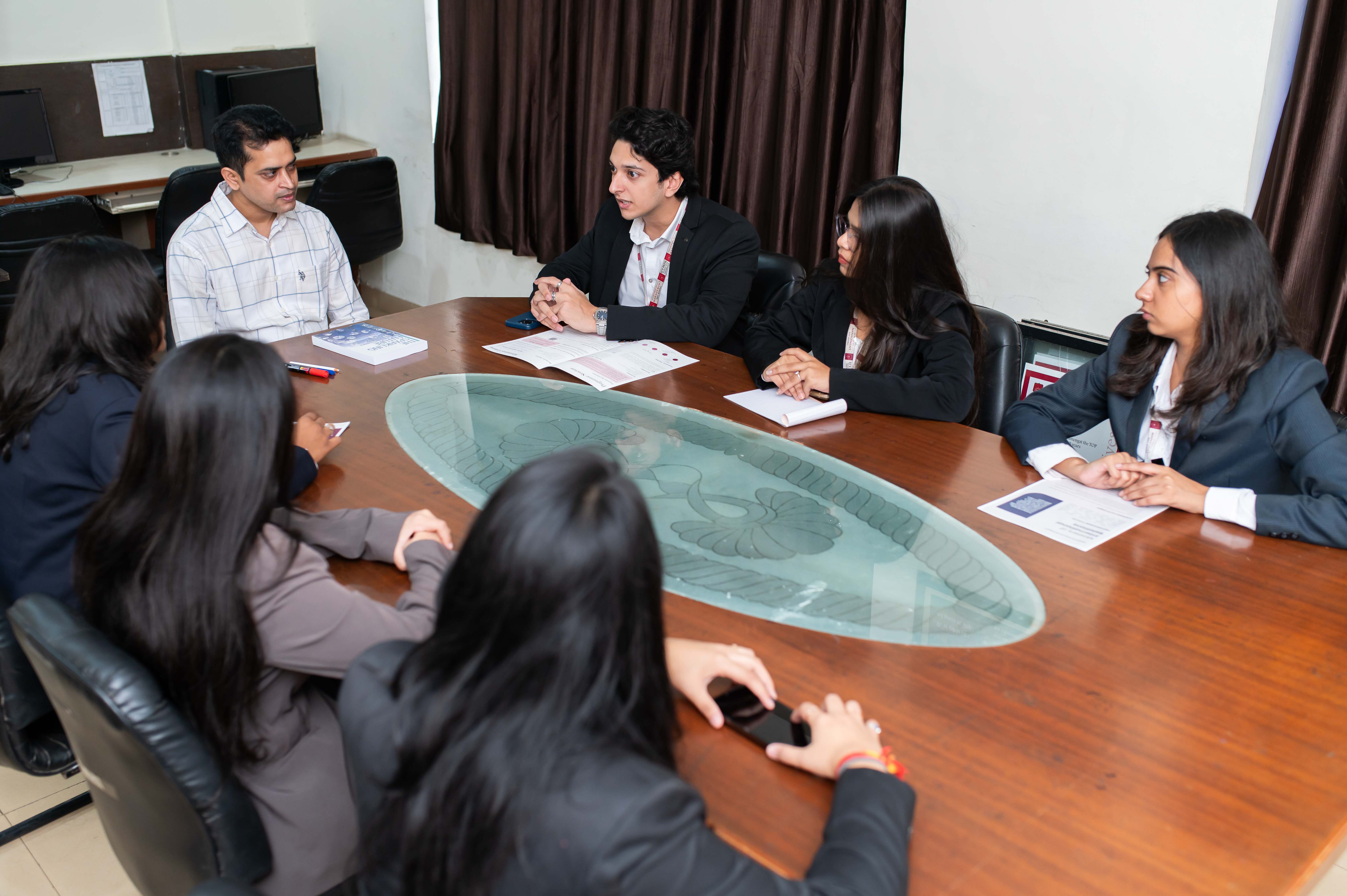
Cafeteria
The Cafeteria is a central gathering place on campus, offering students, faculty, and staff a space to enjoy meals, snacks, and beverages. With a diverse menu catering to various tastes and dietary preferences, it provides something for everyone. From quick snacks between classes to a relaxing lunch with friends or a coffee break in the afternoon, the cafeteria ensures a wide range of options, including vegetarian, non-vegetarian, vegan, and gluten-free meals, accommodating the dietary needs of the entire campus community.
More than just a place to eat, the cafeteria serves as a vibrant and lively environment where people come together to relax, socialize, and unwind. Designed to be welcoming and comfortable, it features spacious seating arrangements for both individuals and groups. Students often use the cafeteria as a place to have informal discussions, organize study groups, or simply take a break from academic pressures. The atmosphere fosters a sense of community, as people from diverse backgrounds interact over shared meals and conversations.
The cafeteria prioritizes hygiene and quality, with meals prepared using fresh ingredients and following stringent safety standards. Additionally, the cafeteria offers affordable pricing, making it an accessible option for students. During special occasions like festivals, events, and exams, it adapts its menu to meet the evolving needs of the campus, providing themed meals and snacks.
Ultimately, the cafeteria is not just a place for food; it is a dynamic hub that contributes to the social and emotional well-being of the campus community.
